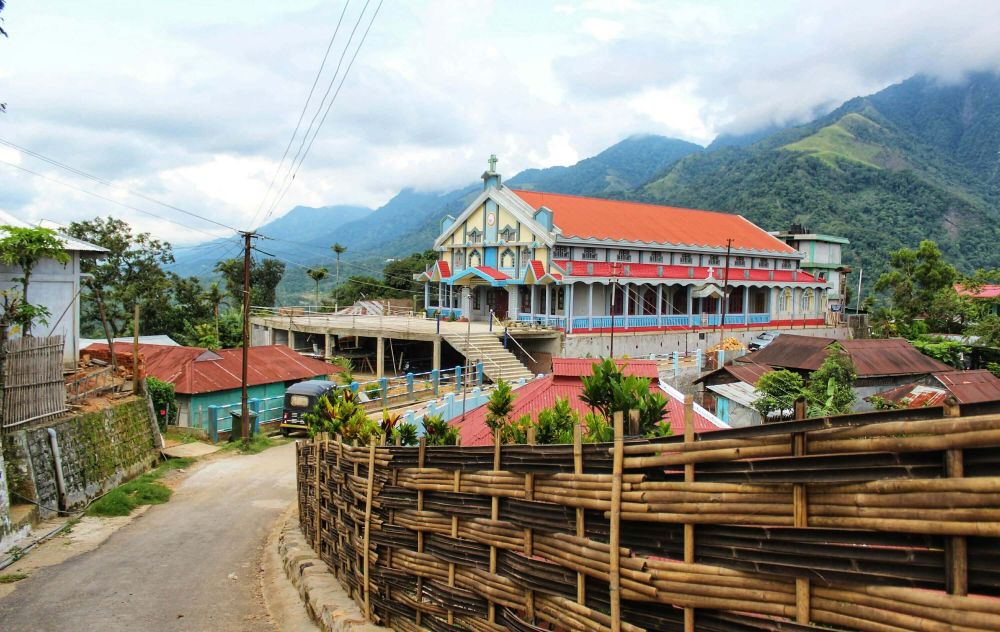In the remote hills of Assam, India, lies a village shrouded in mystery and intrigue—Jatinga. Known for its breathtaking landscapes and serene environment, Jatinga is also infamous for an inexplicable phenomenon that has puzzled scientists and bird enthusiasts alike: the mysterious bird suicides. This phenomenon has drawn global attention and continues to be a subject of speculation and wonder. In this blog, we explore the enigmatic events that define Jatinga and the theories attempting to explain the avian mysteries.
The Phenomenon: What Happens in Jatinga?
The peculiar phenomenon of bird suicides in Jatinga occurs during the months of September to November. During this period, a large number of birds, primarily migratory species, are observed flying into the village at night, crashing into buildings, trees, and other structures. This disturbing behavior leads to the deaths of numerous birds, and the sight is both baffling and unsettling.
Here’s how the phenomenon unfolds:
- Nightly Occurrences: The bird suicides typically occur between dusk and midnight. The birds are seen descending rapidly and crashing into objects, leading to their deaths.
- Species Involved: The birds involved in this phenomenon are mainly migratory species, including warblers, flycatchers, and other small passerines.
- High Mortality: The village witnesses a high number of bird deaths during these months, with numerous carcasses found scattered around the area.

Theories and Explanations
Several theories have been proposed to explain this mysterious avian behavior. While none have been definitively proven, researchers have suggested the following possibilities:
- Navigational Errors: One prevalent theory is that the birds suffer from navigational errors due to the village’s unusual topography and atmospheric conditions. Jatinga’s location in a deep valley surrounded by hills may disrupt the birds’ navigation systems, causing them to lose their way and crash into obstacles.
- Light Pollution: Another hypothesis is that artificial lights in the village attract the birds. Migratory birds use celestial navigation to find their way, and bright lights can confuse them, leading them to stray off their path and crash into structures. This theory is supported by the fact that the phenomenon occurs primarily at night when the birds are more likely to be influenced by artificial lighting.
- Weather Conditions: Unusual weather patterns and atmospheric conditions in Jatinga could also play a role. Strong winds, fog, or other weather phenomena might disorient the birds and contribute to their collision with objects.
- Magnetic Fields: Some researchers have speculated that changes in the Earth’s magnetic field could interfere with the birds’ natural navigation abilities. However, this theory remains speculative and lacks conclusive evidence.
- Psychological Factors: Although less common, some theories suggest that psychological factors or stress might influence the birds’ behavior. This theory is less supported by empirical evidence but is occasionally discussed in scientific circles.
Scientific Research and Observations
Over the years, scientists and ornithologists have studied the phenomenon extensively, but definitive answers remain elusive. Research has included field studies, experiments with artificial lights, and analysis of weather patterns, but no single theory has been universally accepted. The complexity of the phenomenon and the variability in bird behavior make it a challenging subject for scientific investigation.
Impact on the Local Community
The bird suicides have had a notable impact on the local community in Jatinga. While the phenomenon has attracted tourists and researchers, it has also caused distress among residents. The village has worked to mitigate the effects of the phenomenon by implementing measures to reduce artificial lighting and increase awareness about the issue.
Visiting Jatinga: What to Expect
For those intrigued by the mysteries of Jatinga, visiting the village offers a unique experience. Here’s what you can expect:
- Scenic Beauty: Jatinga is renowned for its natural beauty and serene landscapes. The picturesque setting provides a stark contrast to the eerie events that occur there.
- Local Insights: Engaging with local residents can provide valuable insights into the phenomenon. Many villagers have their own interpretations and stories about the mysterious bird suicides.
- Responsible Tourism: If visiting, it’s important to approach the subject with sensitivity and respect for local beliefs and conditions. Avoid disturbing the natural environment and follow any guidelines provided by local authorities.

Conclusion
The mysterious bird suicides of Jatinga remain one of nature’s most perplexing phenomena. Despite various theories and extensive research, the true cause behind the avian behavior continues to elude scientists. Jatinga’s enigmatic reputation serves as a reminder of the complexities and mysteries that still exist in our natural world. As researchers continue to investigate, the village of Jatinga will undoubtedly remain a focal point of intrigue and curiosity for those drawn to the intersection of nature, science, and mystery.
Whether you are a bird enthusiast, a science buff, or simply someone fascinated by the unknown, Jatinga offers a unique and thought-provoking experience. The village’s eerie phenomenon, combined with its stunning landscapes, makes it a destination that captivates the imagination and invites exploration.




